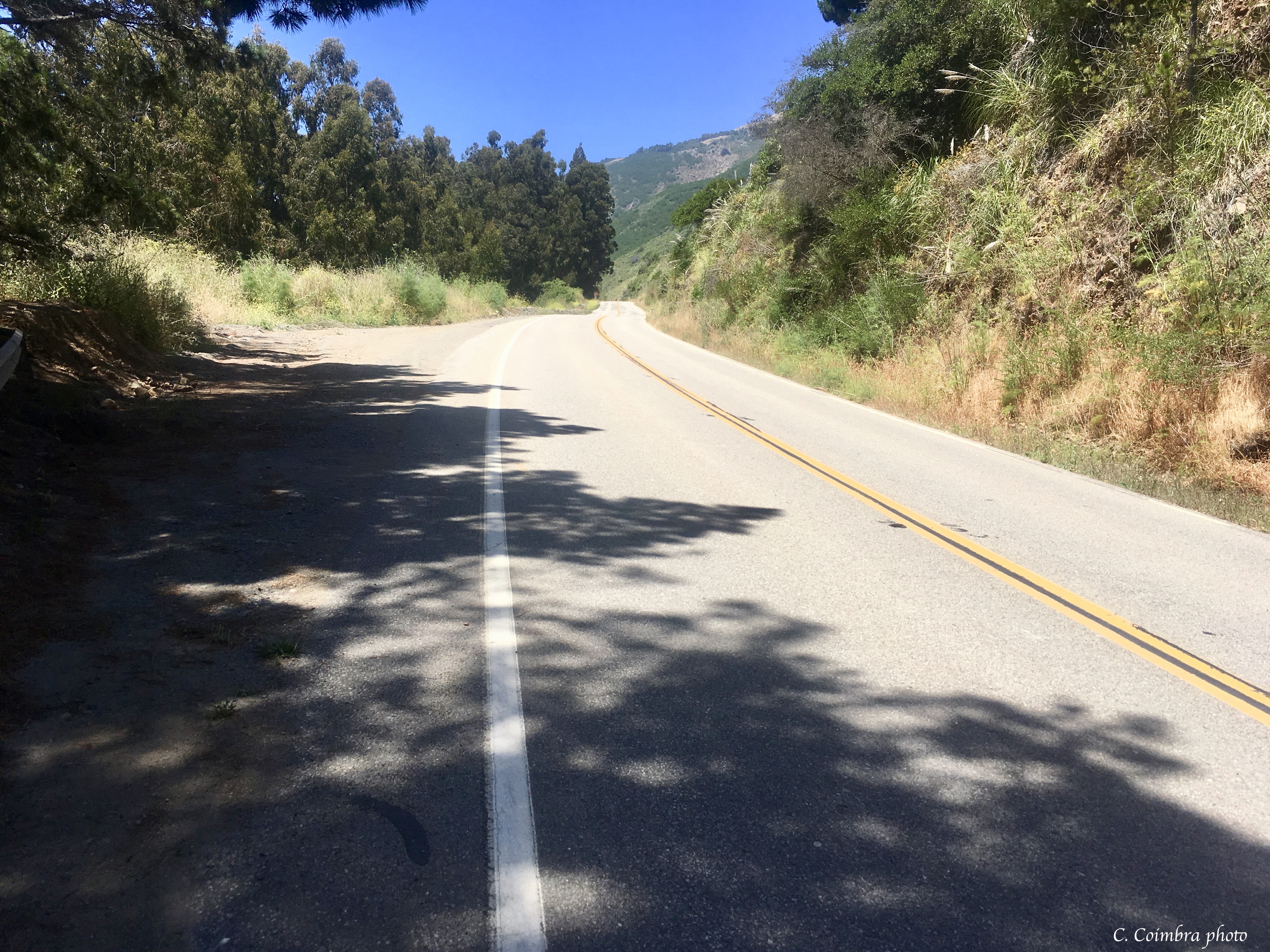A vast separation of the hearts and minds of Americans is painfully obvious in current social media. Fueled by ideologies that appear to be backed by enormous wealth, with little or no concern for the masses — that would be you and I — separate us from each other and our planet.
It is as if we’ve reached the Y in the road.
It’s natural to wall off one’s wealth from thieves, excessive taxes, and mismanagement. I’ve always said that massive wealth most usually comes from hard and stress-inducing work, or luck (inherited), or criminal behavior. Not all those with unimaginable wealth are bad people. Many make it a point to benefit others in whatever way they can. But then there are those who are the point of Matthew 19:24, “Again I tell you, it is easier for a camel to go through the eye of a needle than for a rich person to enter the kingdom of God.”
It’s natural to pal around with others in your financial class. Henceforth, the living in a bubble analogy.
Do the kings and prince’s of Saudi Arabia spend time with the aborigines of Australia? Do the captains of industry in the western world hang with the indigenous of the American continents? Do the Russian oligarchs hang with the Aleuts and Inuits of the Arctic regions? And so on. Probably not.
Wealth and power can put heroin addiction to shame.
Wealth and power can correct social and planetary imbalances, or tip the balance to unsustainable levels.
This is where the masses come in. This is where dignity, wisdom, far-reaching vision and compassion comes in. This is where touching the earth and finding one’s connection to it comes in.
For instance, Henry Huntington, the Arctic Science Director at Ocean Conservancy, in Eagle River, Alaska, has applied Traditional Ecological Knowledge (TEK) to his study of beluga whales in the Arctic. He explained to journalist Jim Robbins for a Yale Environment 360 report, “Native Knowledge: What Ecologists are Learning from Indigenous People,” that when he interviewed Inuit elders to learn more about beluga whales and how they might respond to climate change, he was surprised at how the elders explained an increase in beaver population, “which had reduced spawning habitat for salmon, other fish which meant less prey for the belugas and so fewer whales,” Robbins wrote.
“It was a more holistic view of the ecosystem. It would be pretty rare for someone studying belugas to be thinking about freshwater ecology,” Huntington said in the report.
It is all interconnected. It’s the touching, observing, respecting and living with nature that can bring anyone into a more compassionate view of the world.
The late Edward Abbey warned in his 1968 book, Desert Solitaire, “If industrial man continues to multiply his numbers and expand his operations, he will succeed in his apparent intention, to seal himself off from the natural and isolate himself within a synthetic prison of his own making.”
Here we are 50 years later, and not only are synthetic materials robbing our oceans of life, but impacting ours, as well. Idolization of synthetic reality television stars, synthetic foods and clothing, and Teflon tales of those different from you and I, make us retreat into the safety of our own prison walls.
I’m not a harbinger of doom and gloom. I honor challenge and opportunity. And if ever there was a time to connect with nature, it is now. The challenge is to find our peace of mind so that we can stand for what we know to be good on this planet. It is an opportunity to grow within the heart and wisdom — adding to the infinite force of compassion.
Albert Einstein, said, “A human being is a part of the whole called by us ‘universe’…” I love the potential of this quote. It inspires one to work toward what to do as we reach the Y in the road. Does one side of our populace bear to the right and the other left, or do we plow right through the separation and head straight up the middle? Nature has the answers. This is why I believe it imperative that we reconnect with nature and reconnect with our commonalities.


